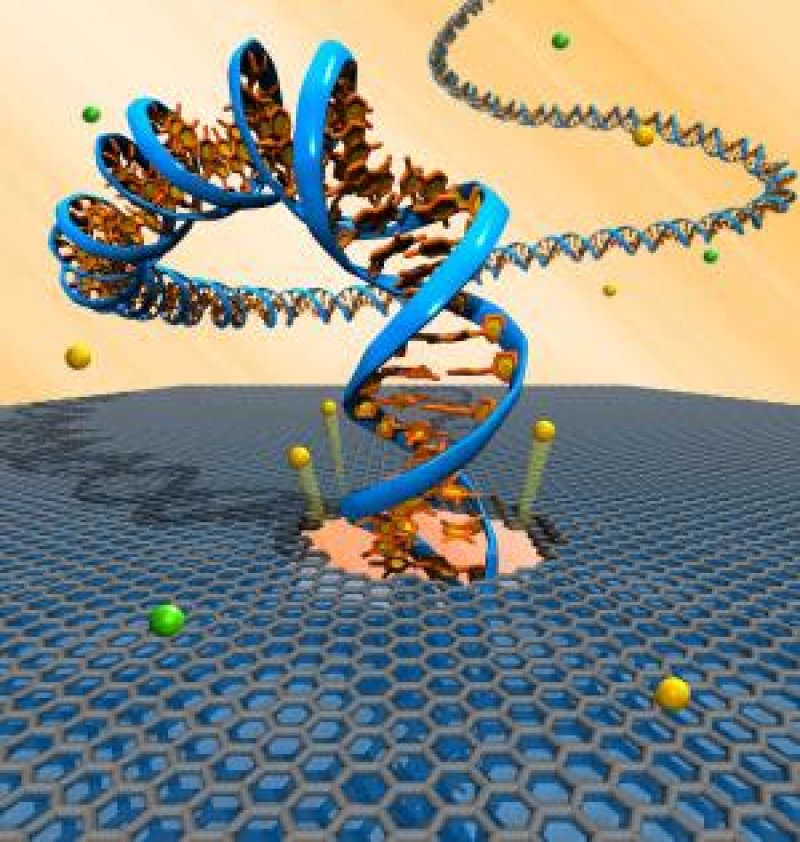More than a decade ago, scientists completed the Human Genome Project, a cooperative effort from laboratories around the globe to map human DNA.
Researchers identified the more than 25,000 genes in the human genome, making one of the most important scientific discoveries of our lifetime. While this project allowed geneticists to know more than ever before about DNA and unlock key secrets to human genetics, it also led scientists to wonder how these genes were controlled.
Now, thanks to new research by a team of Harvard University scientists, we have more information to help us answer that question by focusing on epigenetics.
The field of epigenetics studies how human cell types can have identical compliments of genes but express them differently. For years, scientists have known that the way in which DNA is packaged contributes to gene expression. For example, tightly packaged areas silence genes, while open areas allow genes to be translated into proteins.
Last week, a team led by Harvard Stem Cell Institute Principal Faculty member Alexander Meissner, PhD, reached a milestone in the Roadmap Epigenomics Project, a multi-layered program funded by the NIH.
Meissner’s team accomplished the impressive feat of mapping almost all of the nearly 28-million cytosine-guanine pairings among the 3 billion nucleotides that make up human DNA. Once this had been accomplished, the team was able to determine which of the 28 million were dynamic or static across all cell types.
“When we asked, how many of them are changing, the answer was a very small fraction,” said Meissner. The team of researchers discovered that 80 percent of the pairs are largely static and might not participate in the regulation of the cell types. The dynamic pairs, the team reported, are positioned at sites that are relevant for gene expression. “Importantly this allows us to improve our current approaches of mapping this important mark through more targeted strategies that still capture most of the dynamics,” Meissner said.
The milestone reached by Meissner and his team is not only a great achievement for genetics and medicine, but also could benefit the average consumer as well.
By mapping the human genome, scientists have been able to gain valuable insight into medicine and other areas. Genome sequencing lets scientists isolate DNA and identify different codes. Based on an ever-growing database of gene sequences, scientists can pinpoint common DNA codes that can act as predictors for diseases, such as cancer. This type of sequencing allows doctors to know a patient’s likelihood of developing cancer or heart diseases, for example, and notify them often years in advance.
While these benefits can obviously have a tremendous impact on medical treatments, genome sequencing has been limited by its high costs. Currently, sequencing a single genome costs about $10,000.
Over the next decade, however, this cost is estimated to drop below $1,000, allowing the average patient to identify possible health risks long before they become life threatening. This could lead to a healthcare revolution that would not only offer better treatments for patients, but drive down the industry’s ever-rising costs.
According to the White House, health care spending is 18% of the GDP and climbing. Almost 75% of those costs are related to chronic conditions, which contribute to 70% of all deaths. This means that only 55% of needed care is delivered.
Personalized medicine is becoming a popular approach to solving the healthcare dilemma, since it focuses treatment on the individual and drives down costs. Genome sequencing could be a large part of this patient-driven approach in the future.
As the costs of sequencing continue to decrease in the coming years, patients may be able to benefit from the preventative methods allowed by this technology and drive down costs across the board, providing answers to some of the future’s most challenging questions.
“It just happens to be that we’re at the right time and at the right place, both physically and sort of in time, ” he said. “Just five years ago, we would have had the same question, but we wouldn’t have had the same tools to answer the question.”
Additional Resources:
- “Research extend human epigenomic map,” Genetics Times
- “Roadmap Epigenomics Project”
- “Benefits of mapping the human genome,” Fox Business































